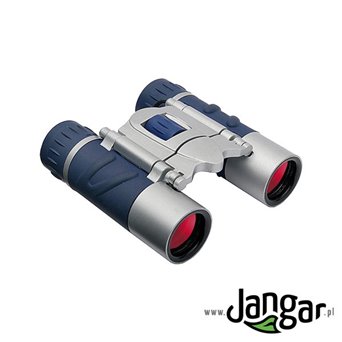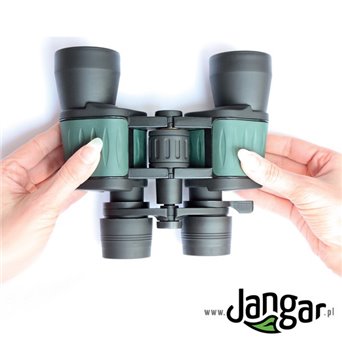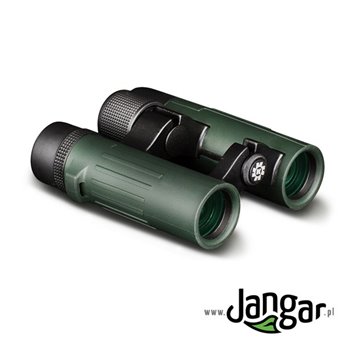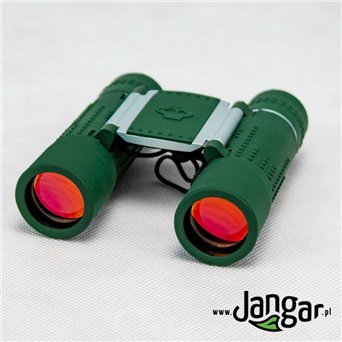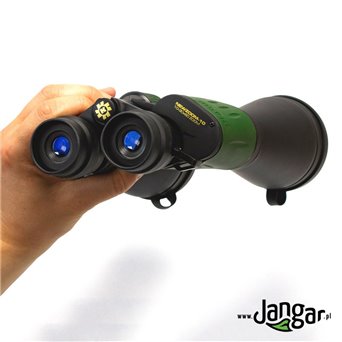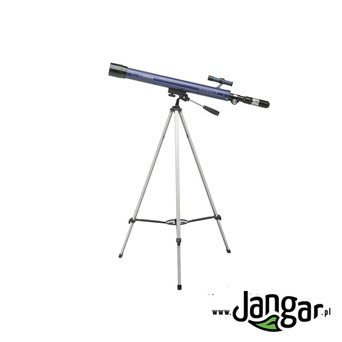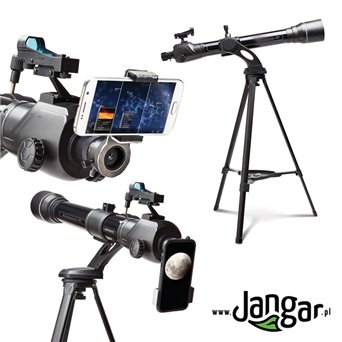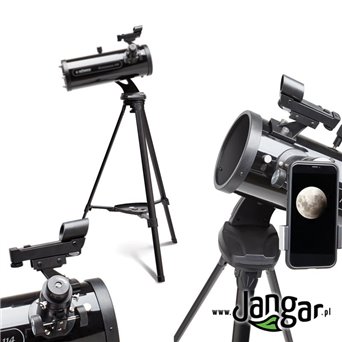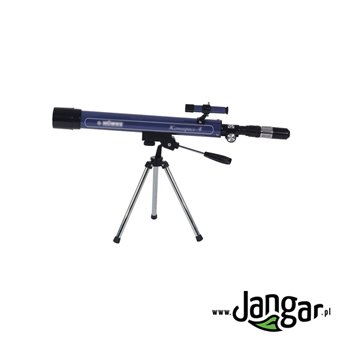
Binoculars are excellent optical tools to be used for nature observation with a range of magnifications to enhance field activities and add excitement to school trips to forests or zoos.
Binocular Features Explained
Magnification: This number indicates how many times an object is enlarged when viewed through binoculars or a spotting scope. For example, with 20x magnification, an object 100 yards away will appear as if it's only 5 yards away (100 ÷ 20 = 5).
Objective Lens Diameter: The diameter of the objective lens affects the instrument’s light-gathering ability. Larger diameters offer improved brightness and image clarity.
Exit Pupil: This is the size of the light circle visible at the eyepiece. A larger exit pupil results in a brighter image, especially in low-light conditions such as dusk or dawn. It’s calculated by dividing the objective lens diameter by the magnification (e.g., in 8x40 binoculars, 40 ÷ 8 = 5mm exit pupil).
Field of View: This side-to-side measurement represents the width of the visible area at 1000 yards/meters. Higher magnifications generally reduce the field of view unless the binoculars have a wide-angle design to maximize the observed area.
Eye Relief: Eye relief is the distance at which binoculars can be held from the eye while maintaining the full field of view. Binoculars with long eye relief provide more comfort, especially for eyeglass wearers.
Lens Coating Types: Lens and prism surfaces are coated to increase light transmission and reduce glare for a brighter, high-contrast image. There are four levels of coating:
Coated: One lens surface has a single coating layer.
Fully Coated: All air-to-glass surfaces have a single coating layer.
Multi-Coated: Multiple layers on at least one lens surface.
Fully Multi-Coated: Multiple layers on all air-to-glass surfaces.
Prism Types: Binocular prisms are typically made from either BAK-4 (barium-crown glass) or BK-7 (borosilicate glass). BAK-4 prisms are higher quality, offering brighter images and greater sharpness.
Diopter Adjustment: Some binoculars have a diopter adjustment ring near one eyepiece to compensate for differences in vision between the right and left eyes, allowing for a more precise focus.
Waterproofing: High-quality binoculars and spotting scopes often feature waterproof construction with a nitrogen-purged, sealed body. This design allows the instrument to be fully immersed in water and withstand adverse weather, including rain, fog, and snow.
Phase Coating: This advanced coating method realigns light waves to improve image sharpness, contrast, and detail, especially useful for viewing fine details.
Silver-Mirror Coating: By applying an ultra-reflective silver coating on the internal prisms, this technique maximizes light transmission (up to 98%), enhancing resolution, brightness, and overall optical performance.





































































































































































































































































































































